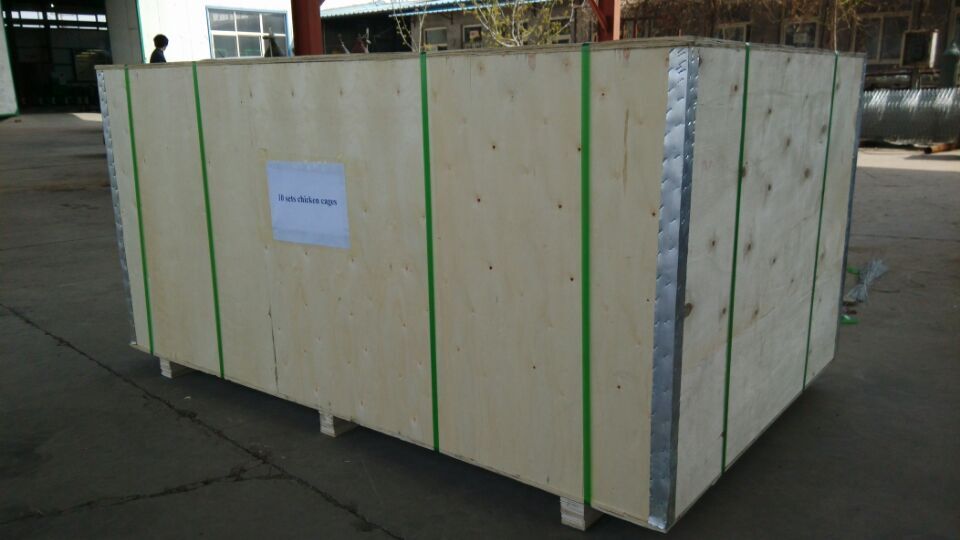feed pelletizer machines
Nov . 17, 2024 04:01 Back to list
feed pelletizer machines
The Importance of Feed Pelletizer Machines in Modern Agriculture
In the ever-evolving world of agriculture, the efficiency and effectiveness of feed production have become paramount. One of the key innovations that have transformed this sector is the feed pelletizer machine. These machines play a crucial role in producing high-quality animal feed in pellet form, which offers numerous advantages over traditional feed methods.
What is a Feed Pelletizer Machine?
A feed pelletizer machine is a piece of machinery designed to compress feed ingredients into small, dense pellets. The process involves grinding the raw materials to a fine powder, mixing them with appropriate additives, and then pressing them through a die under high pressure and temperature. The result is a uniform, compact pellet that can be easily stored, transported, and consumed by livestock.
Benefits of Using Feed Pelletizer Machines
1. Improved Nutritional Value Pelleting feed increases its digestibility and nutrient absorption by animals. The high-temperature process involved in pelletizing can also help eliminate harmful pathogens, contributing to better animal health.
2. Better Feed Management Pellets are easier to handle and store compared to loose feed. Their compact size reduces storage space and minimizes feed waste, making it a cost-effective solution for farmers.
3. Enhanced Palatability Animals tend to prefer pellets over loose grains. The uniform shape and size of the pellets can improve feed intake, ensuring that livestock receive their necessary nutrients efficiently.
4. Feed Formulation Flexibility Pelletizer machines allow for the creation of customized feed mixes tailored to the specific dietary needs of different animals, whether they be poultry, cattle, or aquaculture species. This ensures that nutritional requirements are met and can lead to better growth rates and overall health.
5. Environmental Benefits Producing pellets can reduce feed dust and waste, leading to a healthier environment for both animals and farmers. Additionally, the ability to efficiently use by-products and alternative feed ingredients promotes sustainability in animal agriculture.
feed pelletizer machines

Types of Feed Pelletizer Machines
There are two main types of feed pelletizer machines flat die pelletizers and ring die pelletizers.
- Flat Die Pelletizers are generally more suitable for small scale operations and are easier to maintain. They work well for a variety of feed types and are particularly useful for farmers who produce their own feed on-site.
- Ring Die Pelletizers are designed for larger-scale production. They are more efficient and capable of producing pellets at a higher output rate, making them ideal for commercial feed manufacturing operations.
Choosing the Right Feed Pelletizer Machine
When considering the purchase of a feed pelletizer machine, farmers and feed manufacturers should evaluate several factors 1. Production Capacity Determine the volume of feed that needs to be produced. This will help in selecting the appropriate machine size and type. 2. Material Flexibility Ensure that the pelletizer can handle a variety of raw materials to accommodate different feed formulations.
3. Maintenance and Support Look for machines that are easy to maintain and come with good after-sales service. This is crucial for minimizing downtime and ensuring consistent production.
4. Energy Efficiency Given the rising costs of energy, selecting a machine that operates efficiently can lead to significant savings in the long run.
Conclusion
In summary, feed pelletizer machines are an integral component of modern agricultural practices. They facilitate the efficient production of high-quality feed, promoting better animal health, improving nutritional uptake, and ensuring sustainability. As the demand for livestock products continues to rise, investing in advanced feed pelletizer technology is not just advantageous; it is essential for remaining competitive in the agricultural landscape. Whether small scale or industrial, the right feed pelletizer can enhance productivity and serve as a foundation for a successful farming operation.
-
Automatic Feeding Line System-Pan Feeder Nipple Drinker|Anping County Yize Metal Products Co., Ltd.
NewsJul.29,2025
-
Hot Sale 24 & 18 Door Rabbit Cages - Premium Breeding Solutions
NewsJul.25,2025
-
Automatic Feeding Line System Pan Feeder Nipple Drinker - Anping County Yize Metal Products Co., Ltd.
NewsJul.21,2025
-
Automatic Feeding Line System Pan Feeder Nipple Drinker - Anping County Yize Metal Products Co., Ltd.
NewsJul.21,2025
-
Automatic Feeding Line System - Anping Yize | Precision & Nipple
NewsJul.21,2025
-
Automatic Feeding Line System - Anping Yize | Precision & Nipple
NewsJul.21,2025






